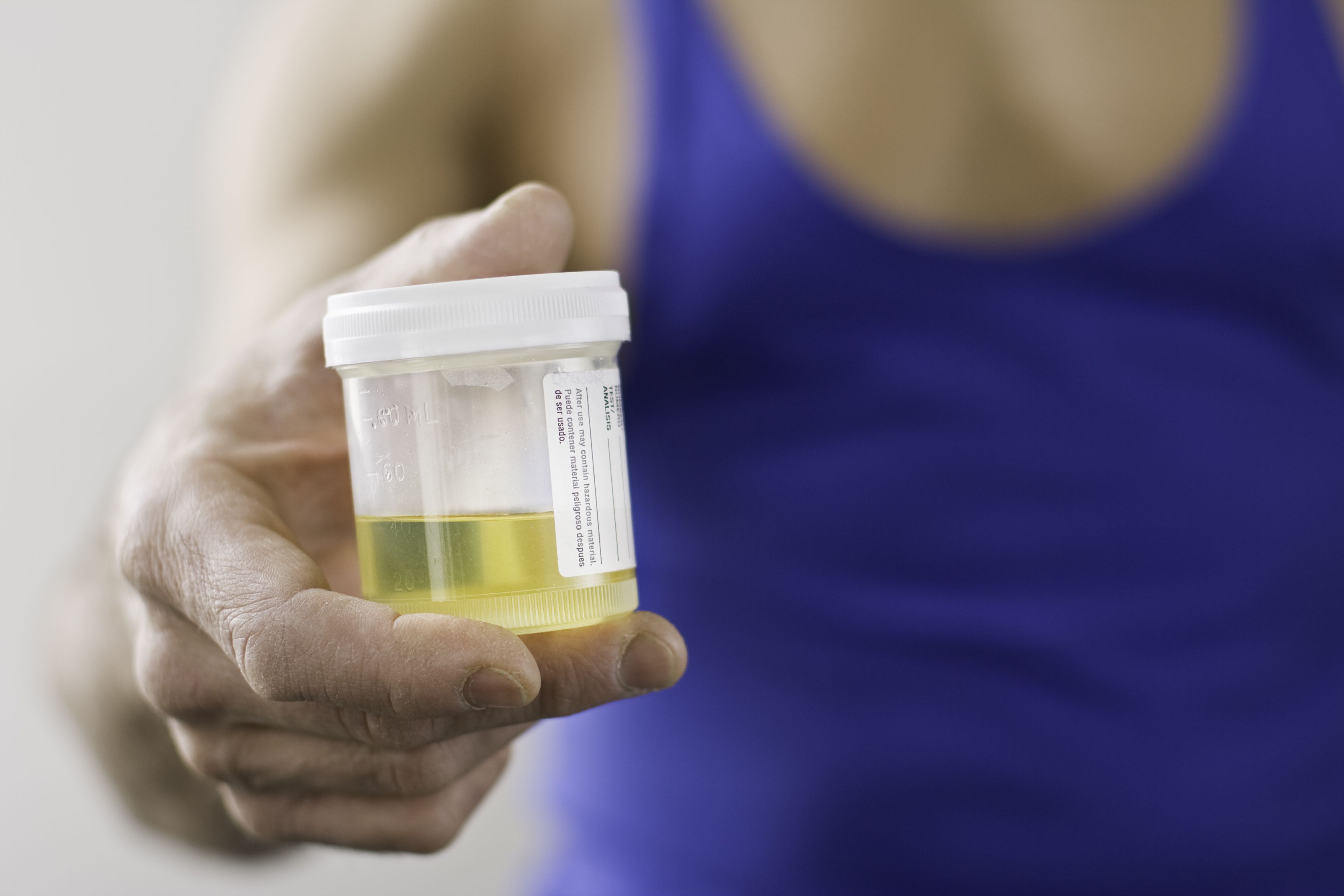

Articles
How To Store Clean Pee
Modified: January 9, 2024
Discover expert advice on storing clean pee in articles. Learn effective methods and tips to maintain freshness and hygiene effortlessly.
(Many of the links in this article redirect to a specific reviewed product. Your purchase of these products through affiliate links helps to generate commission for Storables.com, at no extra cost. Learn more)
Introduction
Have you ever wondered why someone might want to store clean pee? It may seem like an unusual topic, but there are actually several legitimate reasons why individuals may need to store clean urine for various purposes. Whether it is for medical testing, scientific research, or even to pass a drug test, knowing how to properly store clean pee is essential.
In this article, we will delve into the reasons why one might need to store clean urine and provide a comprehensive guide on how to do it effectively. We will explore the necessary preparations, the importance of choosing the right storage container, the proper collection techniques, and the steps to ensure the integrity and safety of the stored urine. So, if you’ve ever found yourself in a situation where you need to store clean pee, or simply want to satisfy your curiosity, read on.
While it may sound peculiar, storing clean urine can be a crucial aspect of many medical processes. From diagnosing diseases to monitoring medication effectiveness, urine has long been used as a valuable diagnostic tool. Additionally, researchers often rely on stored urine samples to conduct studies and gather essential data for medical advancements. Moreover, individuals facing drug tests may need to store clean urine to pass these screenings.
Of course, handling urine raises concerns about health and safety. It is crucial to ensure that the urine is collected properly, stored in appropriate containers, and maintained under the right conditions. In this article, we will guide you through the entire process, equipping you with the knowledge and tools necessary to store clean pee effectively.
So, whether you’re a medical professional, a researcher, or someone preparing for a drug test, understanding how to store clean urine is an essential skill. Let’s dive into the details of this unique process and discover the steps to successfully store clean pee.
Key Takeaways:
- Properly storing clean urine is essential for medical testing, research, drug testing, and quality control. Following guidelines for collection, storage, and documentation ensures its integrity and usability for various purposes.
- Stored clean pee has diverse applications in medical research, drug testing, quality control, education, and forensic science. Ethical handling and adherence to regulations are crucial for its responsible utilization.
Read more: How To Store Pee
Why Store Clean Pee?
While the idea of storing urine may seem strange to some, there are valid reasons why one might need to store clean pee. Let’s explore some of the common reasons for storing urine:
- Medical Testing: Urine analysis is a common diagnostic tool used by healthcare professionals to evaluate a person’s health. By storing clean urine, medical practitioners can compare it to future samples to track changes, monitor the effectiveness of treatments, or detect early signs of diseases.
- Research Purposes: Scientists and researchers rely on stored urine samples to conduct various studies. Whether it’s investigating the effects of medications, studying the impact of certain substances on the body, or analyzing different biomarkers, having access to well-preserved urine samples is essential for accurate and reliable research.
- Drug Testing: Drug tests are often a requirement for certain jobs, athletics, or legal reasons. Storing clean urine may be necessary for individuals who need to pass a drug test but do not want to provide their own urine for various reasons. By storing clean urine, individuals can have a backup option to submit during the testing process.
- Quality Control: Industries that manufacture products requiring urine-related testing, such as pregnancy tests, may need to store clean urine samples to ensure the accuracy and reliability of their products.
- Education and Training: Medical and laboratory professionals, as well as students, often require clean urine samples for educational purposes, such as teaching proper techniques for handling and analyzing urine specimens.
By storing clean pee, individuals and professionals are equipped with a valuable resource that can provide critical insights into health, aid in scientific discoveries, facilitate accurate drug testing, maintain quality control, and enhance educational training.
It’s important to note that storing clean urine should always be done in compliance with local regulations and ethical standards. It’s crucial to ensure that the process is undertaken responsibly and with respect for privacy and consent.
Now that we understand the reasons behind storing clean pee, let’s delve into the necessary preparations to ensure successful collection and storage in the next section.
Preparing for Pee Collection
Before collecting urine for storage, it’s important to make necessary preparations to ensure a successful and hygienic process. Here are some essential steps to follow:
- Gather the Required Supplies: Collecting urine requires certain supplies. Ensure you have the following on hand:
- A clean and sterile urine collection container
- Gloves to maintain hygiene
- Disposable wipes for personal cleanliness
- Labels or markers for proper sample identification
- A secure storage container or bag
- A refrigerator or a cool, dark place for storage
- Prevent Contamination: It’s crucial to prevent contamination of the urine sample. Clean the collection container thoroughly and sterilize it according to the manufacturer’s instructions. Ensure that any used containers or equipment are properly cleaned and disinfected between uses to maintain sample integrity.
- Proper Hygiene Practices: Cleanliness is essential during urine collection to prevent contamination. Prior to collecting the urine, thoroughly wash your hands with soap and warm water. Use disposable wipes to clean the genital area before collecting the sample to reduce the risk of introducing bacteria or other contaminants.
- Timing Matters: In certain cases, the timing of urine collection is crucial for accurate results. Some medical tests may require first-morning urine, while others may specify specific timing. Follow the instructions provided by your healthcare professional or the guidelines for the intended use of the stored urine.
- Stay Hydrated: Adequate hydration ensures a higher likelihood of successfully collecting urine. Encourage the individual to drink fluids prior to collection, ensuring a sufficient volume for analysis.
- Consider Privacy and Comfort: Providing a private and comfortable environment for urine collection helps individuals feel at ease and maximizes the chances of a successful sample. Ensure that the collection area is clean and well-ventilated.
By following these preparation steps, you set the stage for a smooth and successful urine collection process. The next step involves choosing the right storage container, which we will explore in the following section.
Choosing the Right Storage Container
When it comes to storing clean pee, the right storage container is crucial for maintaining the integrity and quality of the sample. Here are some factors to consider when selecting a storage container:
- Material: Choose a container made of a suitable material to prevent leakage, contamination, and interaction with the urine. Glass or high-quality plastic containers that are specifically designed for storing urine are often recommended.
- Size: Consider the volume of urine you plan to store. Select a container that is large enough to accommodate the desired volume without risking overflow or inadequate storage space. Typically, containers with a capacity of 50-100 milliliters are sufficient for most storage needs.
- Sealing Capability: Ensure that the storage container has a secure sealing mechanism to prevent leakage and maintain the sample’s integrity. Look for containers with screw-top lids or snap-on caps that provide a tight seal.
- Transparent or Labeled: Opt for a storage container that allows easy visibility of the urine sample. Transparency allows for visual inspection, while containers with built-in space for labeling ensure proper identification of the stored urine.
- Disposable or Reusable: Depending on your specific needs, you can choose between disposable or reusable storage containers. Disposable containers offer convenience and eliminate the need for cleaning, while reusable containers can be sterilized and used multiple times.
- Temperature Resistance: Consider the temperature requirements for proper urine storage. Some containers are designed to withstand freezing temperatures, while others are suitable for refrigeration only. Ensure that the selected container can withstand the intended storage conditions.
- Privacy and Security: If storing urine for drug testing purposes or other sensitive reasons, consider using containers that offer tamper-evident features. This ensures the integrity of the stored urine and prevents unauthorized access or tampering.
Remember, it’s essential to follow any guidelines or requirements provided by the medical or testing facility regarding the specific type of storage container to use. Adhering to their recommendations ensures the accuracy and reliability of the stored urine sample.
Once you have selected the appropriate storage container, you are ready to collect clean urine. The next section will guide you through the proper techniques for urine collection.
Collecting Clean Pee
Collecting clean urine is a critical step in the process of storing urine. Following proper techniques ensures the accuracy and integrity of the sample. Here’s a step-by-step guide to collecting clean pee:
- Prepare the Collection Container: Ensure that the selected storage container is clean and free from any contaminants. If using a reusable container, sterilize it according to the manufacturer’s instructions.
- Wash Hands: Thoroughly wash your hands with soap and warm water to maintain hygiene during the collection process.
- Choose the Collection Method: There are different methods for collecting urine depending on the individual’s ability and the specific requirements. The most common methods include midstream clean catch, using a urine collection cup, or using a urine collection hat for infants or young children. Choose the method that best suits your needs.
- Follow Proper Technique: Regardless of the collection method, it’s crucial to follow these steps to collect clean urine:
- If using a midstream clean catch method, start urinating into the toilet and then position the collection container to catch the midstream portion of the urine.
- If using a urine collection cup, hold it under the urine stream to directly collect the urine.
- If using a urine collection hat, place it securely on the child’s genitals to collect the urine.
- Collect Adequate Volume: Ensure that you collect an adequate volume of urine based on the requirements of the intended use. Fill the container to the appropriate level, leaving some space for expansion if freezing the sample.
- Securely Seal the Container: Once you have collected the desired volume of urine, securely seal the container to prevent leakage or contamination.
- Label the Sample: Properly label the storage container with essential information, including the date, time, and the individual’s identifying details, such as name or patient identification number. This ensures proper identification and traceability of the stored urine.
- Record Documentation: Keep a record of the collection process, including any relevant details or observations, to have a comprehensive record of the stored urine sample.
Remember, it’s important to handle the urine sample with care and adhere to any specific instructions provided by medical professionals or testing facilities. Following these steps guarantees the collection of clean and reliable urine for storage.
Now that you have successfully collected the clean urine, the next section will cover the importance of proper labeling and documentation to ensure traceability and accurate analysis of the stored sample.
Store clean pee in a clean, airtight container, such as a sterile urine specimen cup, and keep it refrigerated until needed. Be sure to use it within 24 hours for best results.
Read more: How To Clean Pee Off A Bed
Proper Labeling and Documentation
Properly labeling and documenting the stored urine is vital to ensure traceability and accurate analysis of the sample. Here are essential steps to follow for proper labeling and documentation:
- Label the Storage Container: Use a waterproof marker or adhesive label to clearly label the storage container with essential information. Include the following details:
- Date and time of urine collection
- Individual’s name or identifying information
- Patient identification number (if applicable)
- Any specific instructions or additional information provided by medical professionals or testing facilities
- Maintain Documentation: Keep a separate record of the stored urine sample’s details and any relevant information. This record should include the following:
- Unique sample identification number or code
- Individual’s name or patient identification number
- Date and time of urine collection
- Any relevant observations or special instructions
- Purpose of storing the urine
- Consistent Data Entry: Ensure accurate and consistent data entry by using standardized formats or electronic systems to document the stored urine samples. This consistency will help avoid confusion or errors in future analysis or retrieval of the samples.
- Secure Storage of Documentation: Store the record of stored urine samples in a secure and accessible location. This ensures that the information is readily available for future reference or when retrieving and analyzing the stored urine.
- Follow Legal and Ethical Guidelines: When documenting stored urine samples, it’s important to adhere to legal and ethical requirements regarding privacy and data protection. Ensure that the documentation is compliant with regulations and policies governing sample storage and handling.
- Track Sample Movement: If the stored urine sample needs to be transported or moved between locations, maintain a clear and accurate record of its movement. Document the date, time, and individuals involved in the transfer to ensure proper traceability and prevent any mishandling or mix-ups.
Properly labeling and documenting the stored urine samples not only ensures traceability and accurate analysis but also serves as a valuable resource for future reference or retrieval. It enables healthcare professionals, researchers, or individuals to effectively utilize the stored urine samples for their intended purposes.
Now that we’ve covered the importance of labeling and documentation, let’s move on to the next section, which focuses on storing clean pee safely to maintain its integrity.
Storing Clean Pee Safely
Ensuring the safe storage of clean urine is crucial to maintain its integrity and prevent contamination. Follow these guidelines to store clean pee safely:
- Choose the Right Storage Location: Select a suitable storage location that maintains a consistent temperature and protects the urine from exposure to light and other potential contaminants. Ideally, store the urine in a cool, dark place such as a refrigerator or a designated storage area.
- Consider Temperature Requirements: Some urine samples may require specific temperature conditions for preservation. If freezing is necessary, use a container that can withstand freezing temperatures and label it accordingly. Ensure that other samples are kept at the recommended storage temperature, typically refrigerated between 2-8 degrees Celsius (36-46 degrees Fahrenheit).
- Avoid Exposure to Light: Light exposure can potentially affect the composition and integrity of the stored urine. Store the urine in opaque containers or wrap the storage container in aluminum foil or other light-blocking materials to minimize light exposure.
- Maintain Sealed Containers: Ensure that the storage containers are securely sealed to prevent leakage, evaporation, or contamination. Tighten the lids or caps properly and confirm that the containers are airtight before storing them.
- Separate Storage for Different Samples: If storing multiple urine samples, keep them separate to avoid cross-contamination. Use separate storage containers or clearly label and compartmentalize them to prevent mix-ups or confusion.
- Monitor Storage Conditions: Regularly check on the stored urine samples to ensure the storage conditions are maintained. Verify the temperature, inspect the containers for any signs of damage, and address any unforeseen issues promptly to preserve the integrity of the stored urine.
- Follow Storage Duration Guidelines: Each application may have specific guidelines on how long urine samples can be safely stored. Abide by these guidelines to ensure the samples remain usable and reliable for their intended purposes. If the storage duration exceeds the recommended timeframe, consider consulting with a healthcare professional or laboratory personnel for further guidance.
- Keep Storage Area Secure: Ensure that the storage area is secure and only accessible to authorized individuals. This prevents unauthorized tampering or accidental damage to the urine samples and maintains their privacy and integrity.
Following these safety guidelines ensures that the stored urine remains in optimal condition, maintaining its integrity and suitability for analysis, research, or other purposes.
In the next section, we will discuss the importance of monitoring and maintaining the integrity of the stored urine samples over time.
Monitoring and Maintaining Pee Integrity
Monitoring and maintaining the integrity of stored urine samples is crucial to ensure their accuracy and reliability over time. Here are some important steps to consider:
- Regular Inspection: Conduct regular visual inspections of the stored urine samples to check for any signs of contamination, leakage, or deterioration. Look for changes in color, consistency, or odor that might indicate potential issues.
- Temperature Control: Maintain the recommended storage temperature consistently. Use a thermometer to regularly monitor and confirm that the storage area or refrigerator is within the appropriate temperature range.
- Prevent Freezing and Thawing Cycles: If freezing is necessary, avoid repeated cycles of freezing and thawing. This can potentially alter the composition and quality of the urine sample. Plan ahead and only thaw the required amount of urine when needed.
- Protect from Contaminants: Ensure that the stored urine samples are kept away from potential contaminants. Store them separately from any chemicals, cleaning agents, or other substances that may compromise the integrity of the samples.
- Follow Handling and Transport Guidelines: If the urine samples need to be transported or shipped between locations, follow the recommended handling guidelines. Use suitable packaging materials and ensure the samples are properly labeled to prevent mishandling or damage during transportation.
- Track Sample Usage and Expiry Dates: Keep a record of the urine samples’ usage and their respective expiration dates. Ensure that samples are used within the recommended timeframe or consult with healthcare professionals or testing facilities for guidance if the expiration date approaches.
- Quality Control Measures: Implement quality control measures to validate the integrity of the stored urine samples. These may include periodic testing or comparing stored samples with fresh samples to assess any changes or degradation over time.
- Proper Documentation: Continuously update the documentation for the stored urine samples, including any changes in storage conditions, usage, or test results. This ensures comprehensive traceability and accurate analysis of the samples.
- Dispose of Expired Samples Safely: When the stored urine samples reach their expiration dates or are no longer needed, dispose of them properly according to local regulations and guidelines. Consult with healthcare professionals or testing facilities for guidance on proper disposal methods.
By diligently monitoring and maintaining the integrity of stored urine samples, you can ensure their reliability and usability for their intended purposes. Implementing these measures safeguards the accuracy of future analysis, research, or testing conducted on the stored urine.
In the next section, we will explore some potential uses for stored clean pee, highlighting the practical applications of this process.
Potential Uses for Stored Clean Pee
Stored clean urine has a wide range of potential uses in various fields. Here are some practical applications where stored urine samples can be utilized:
- Medical Research: Stored urine samples are invaluable for medical research studies. Researchers can analyze these samples to identify biomarkers, study the progression of diseases, evaluate the effectiveness of treatments, and develop new diagnostic techniques or medications.
- Drug Testing: Stored clean urine can be useful for calibration or verification purposes in drug testing laboratories. By having stored urine samples with known drug concentrations, lab technicians can ensure accurate and reliable drug testing results.
- Medical Diagnosis and Monitoring: Urine analysis is a crucial tool for diagnosing and monitoring various medical conditions. Stored urine samples can be used to compare with future samples to track changes in an individual’s health status or assess the effectiveness of treatments over time.
- Quality Control in Pregnancy Testing: Urine is used in pregnancy tests to detect the presence of human chorionic gonadotropin (hCG) hormone. Stored clean urine can be utilized to ensure the quality and accuracy of pregnancy test kits during the manufacturing process.
- Education and Training: Stored urine samples provide a valuable resource for educational institutions and medical training facilities. They can be used to educate students on proper urine collection techniques, as well as for practice and proficiency assessment.
- Development of Point-of-Care Devices: Stored urine samples play a crucial role in the development and calibration of point-of-care devices for various medical tests. These devices are designed for rapid, on-site testing and require well-preserved urine samples for accuracy and reliability.
- Environmental Research: Urine samples can be used to study the impact of contaminants or pollutants on human health and the environment. Stored urine samples allow researchers to analyze the long-term effects of such substances and develop strategies for mitigation or prevention.
- Forensic Science: Stored urine samples can be utilized in forensic investigations, such as analyzing DNA or identifying potential toxins in suspicious cases. They serve as valuable evidence for the accurate assessment and resolution of criminal investigations.
These are just a few examples of the potential uses for stored clean urine. The versatility and value of urine as a diagnostic and research tool make proper storage and preservation of urine samples crucial for a variety of applications.
As we conclude this article, it’s important to remember that the storage and use of urine samples should always be conducted ethically and in compliance with legal and regulatory guidelines. Proper consent and privacy considerations are essential in all instances involving stored urine.
By following the guidelines and best practices outlined in this article, you can ensure the successful storage and utilization of clean pee for various purposes.
Read more: How To Clean Pee Off A Mattress
Conclusion
Storing clean pee may seem like an unconventional topic, but its significance cannot be overlooked. Whether for medical testing, research purposes, drug testing, or other applications, knowing how to properly store clean urine is essential. Through this comprehensive guide, we have explored the reasons for storing clean pee, the necessary preparations, selecting appropriate storage containers, and the steps to collect and store urine safely.
We have discussed the importance of proper labeling and documentation to ensure traceability and accurate analysis of the stored samples. Additionally, we emphasized the significance of monitoring and maintaining the integrity of the stored urine, including temperature control, protection from contaminants, and regular inspections.
Stored clean pee finds its applications in various fields, such as medical research, drug testing, medical diagnosis, quality control, education, environmental research, forensic science, and more. Its versatility and value as a diagnostic and research tool make it an essential resource for scientific advancements and healthcare practices.
It is important to remember that the storage and utilization of urine samples should always be conducted ethically and in compliance with legal and regulatory guidelines. Respect for privacy, consent, and adherence to proper disposal methods are crucial in handling stored urine.
By following the guidelines and best practices provided in this article, you can ensure the successful storage, utilization, and reliability of clean pee for its intended purposes. Whether you are a healthcare professional, a researcher, or an individual facing a drug test, understanding how to handle and store clean urine is a valuable skill.
So, the next time someone asks about storing clean pee, you will have the knowledge and tools to confidently navigate the process. This knowledge can contribute not only to your personal needs but also to medical advancements, scientific research, and the overall improvement of healthcare practices.
Remember, responsible and informed handling of stored urine is essential for reliable results, accurate analysis, and maintaining the highest standards of medical and scientific integrity.
Frequently Asked Questions about How To Store Clean Pee
Was this page helpful?
At Storables.com, we guarantee accurate and reliable information. Our content, validated by Expert Board Contributors, is crafted following stringent Editorial Policies. We're committed to providing you with well-researched, expert-backed insights for all your informational needs.


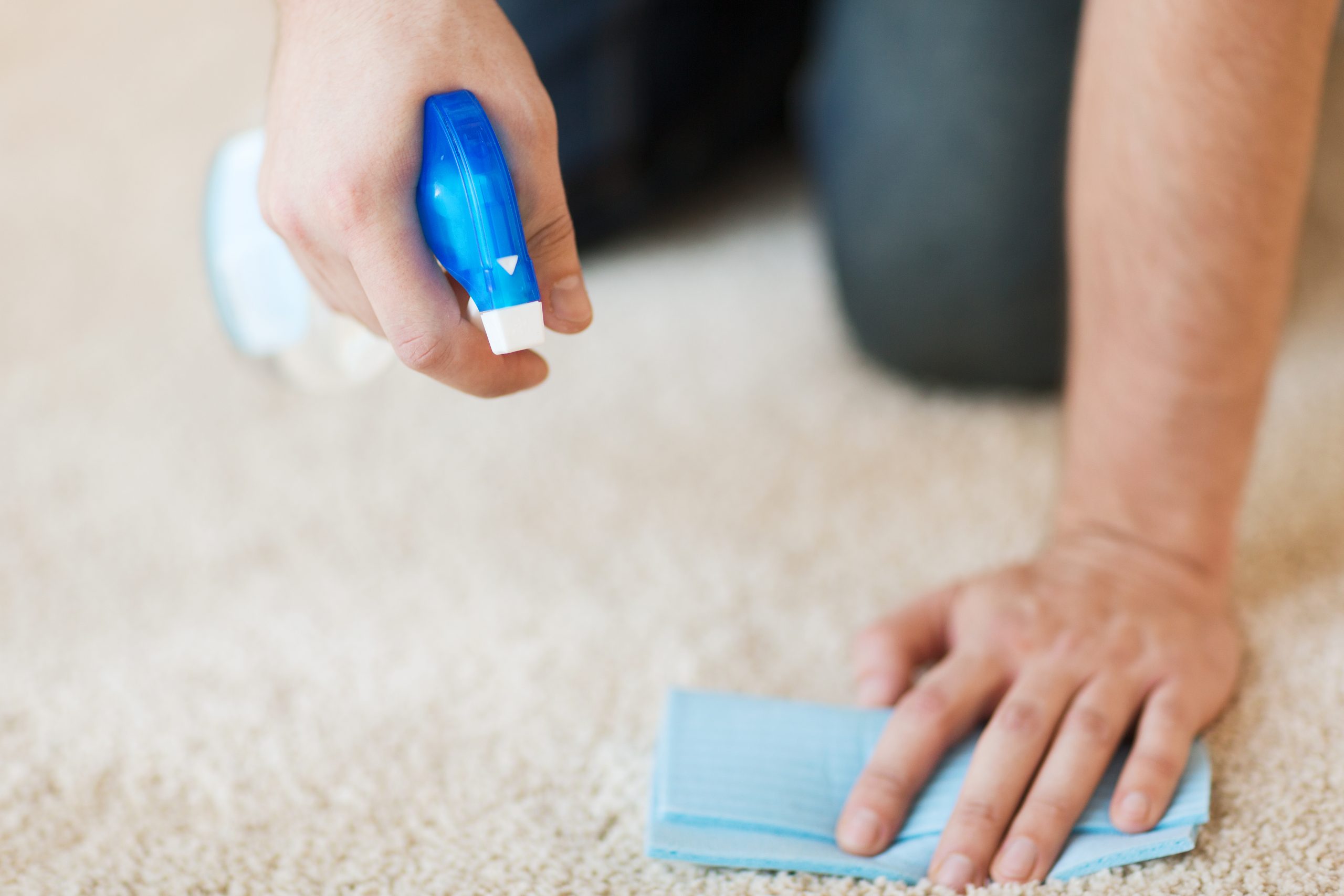
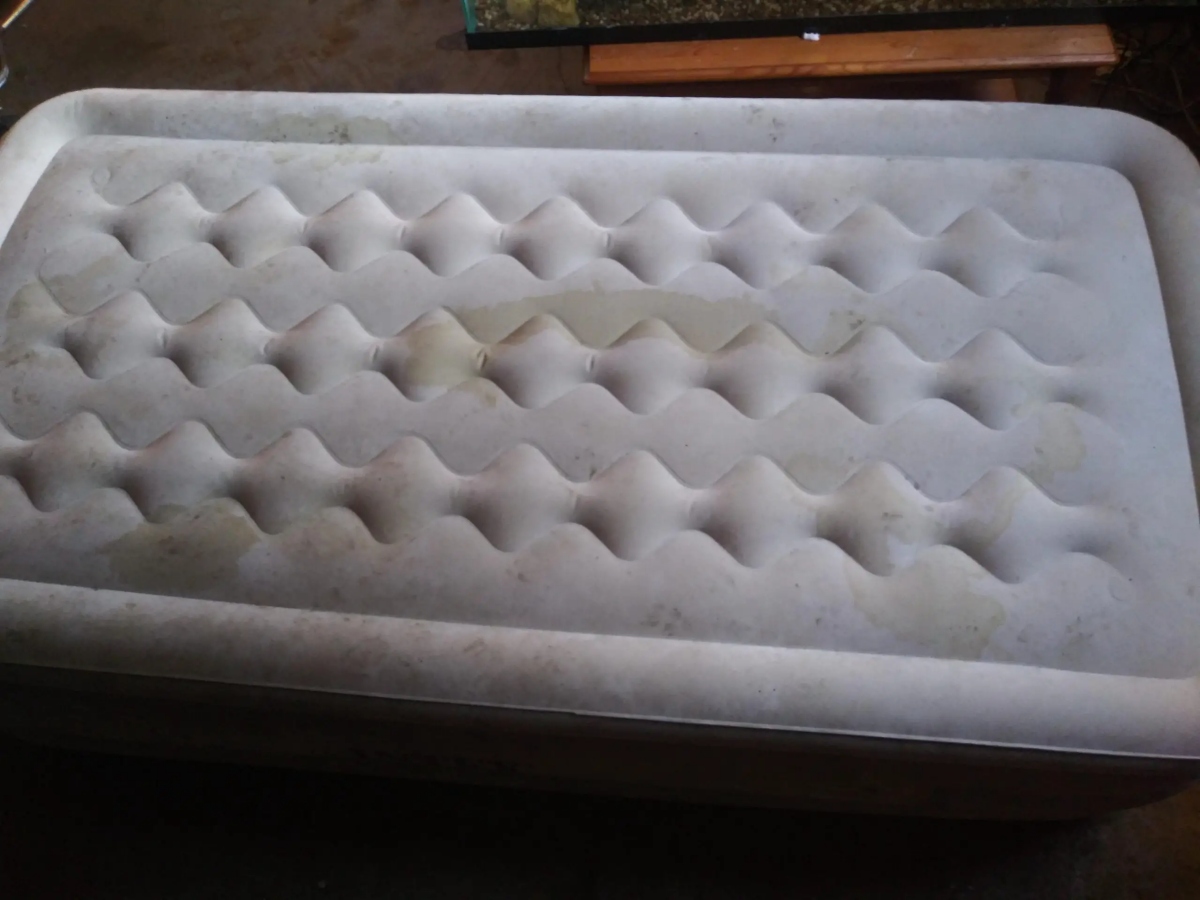
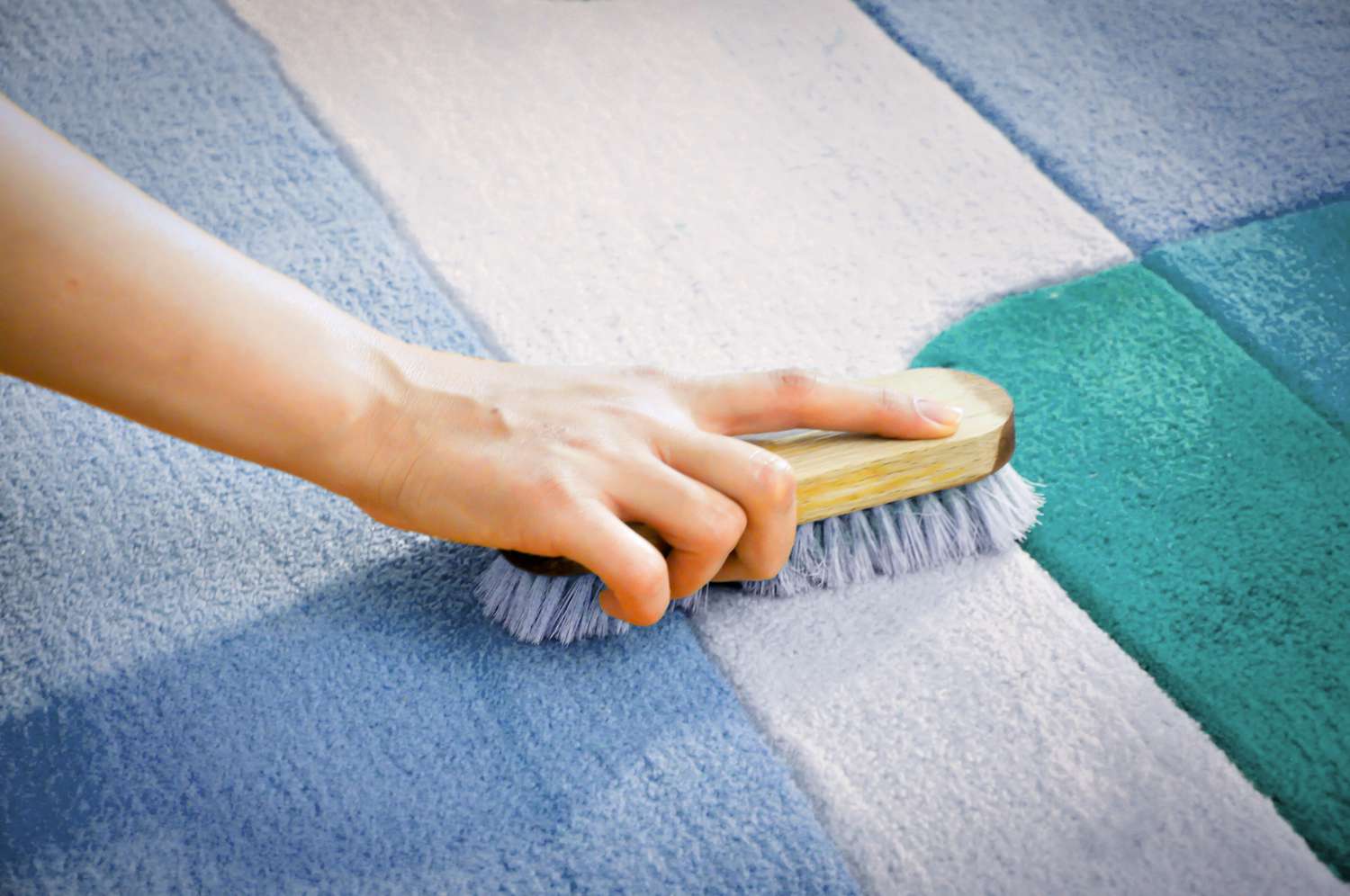
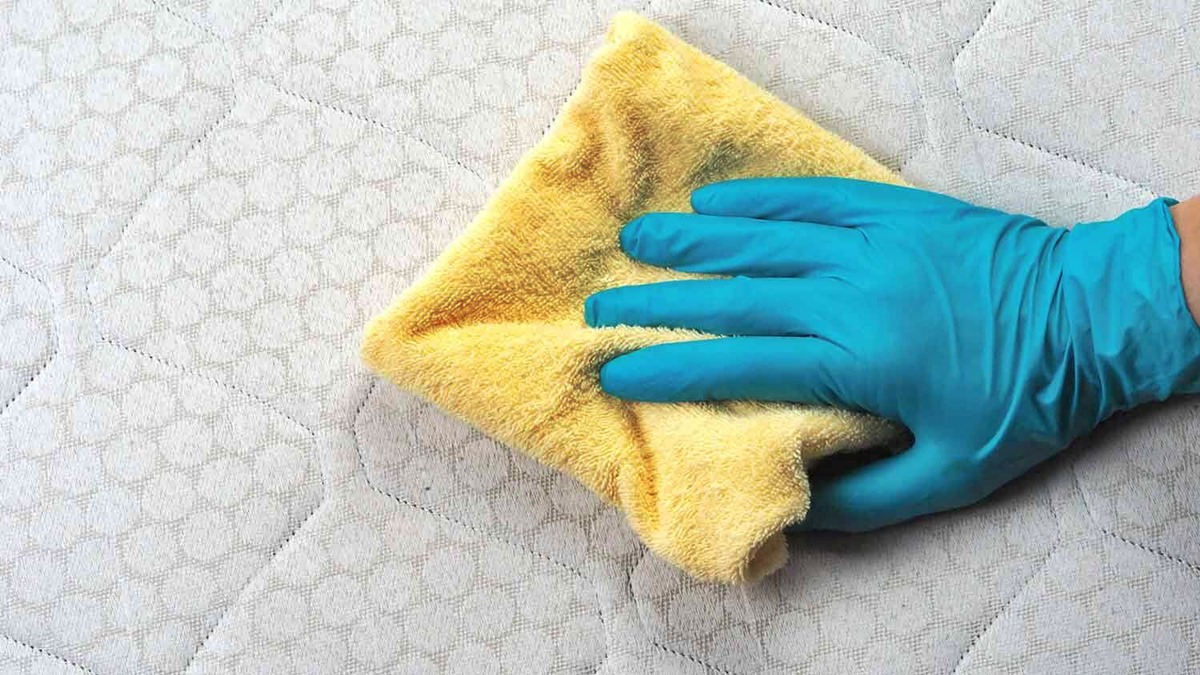

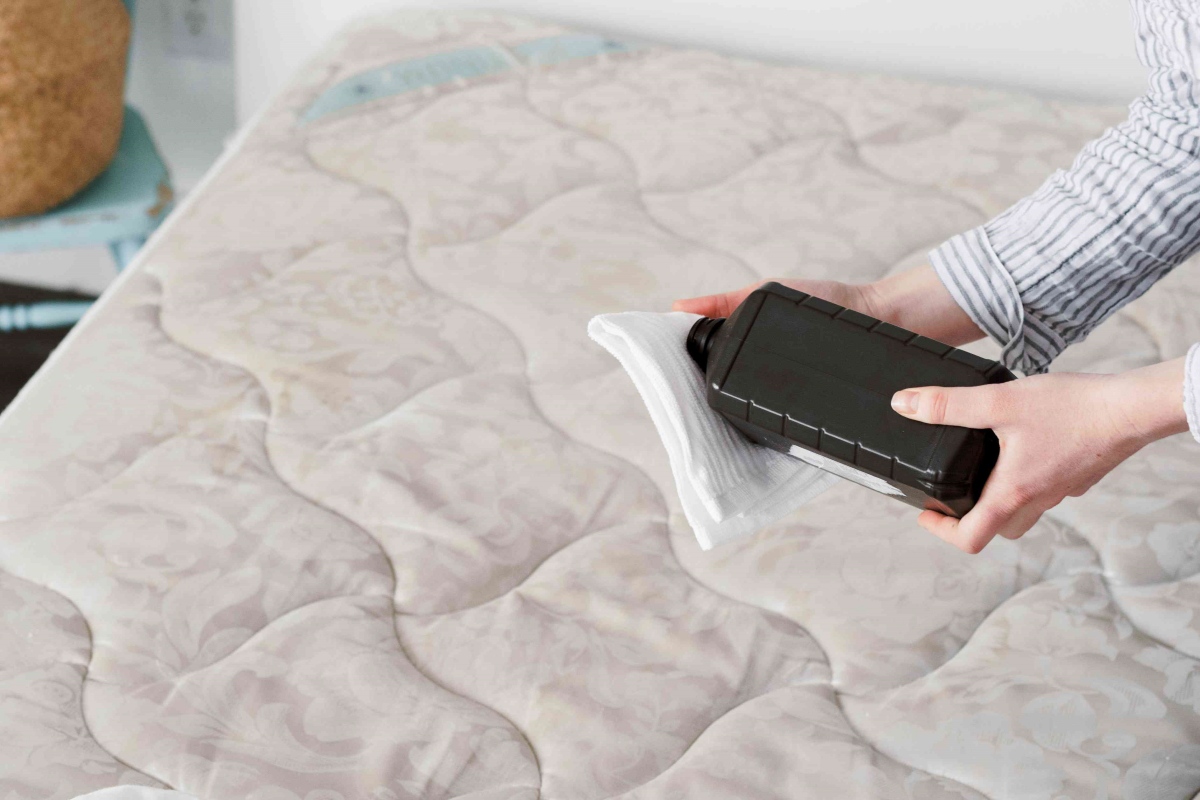
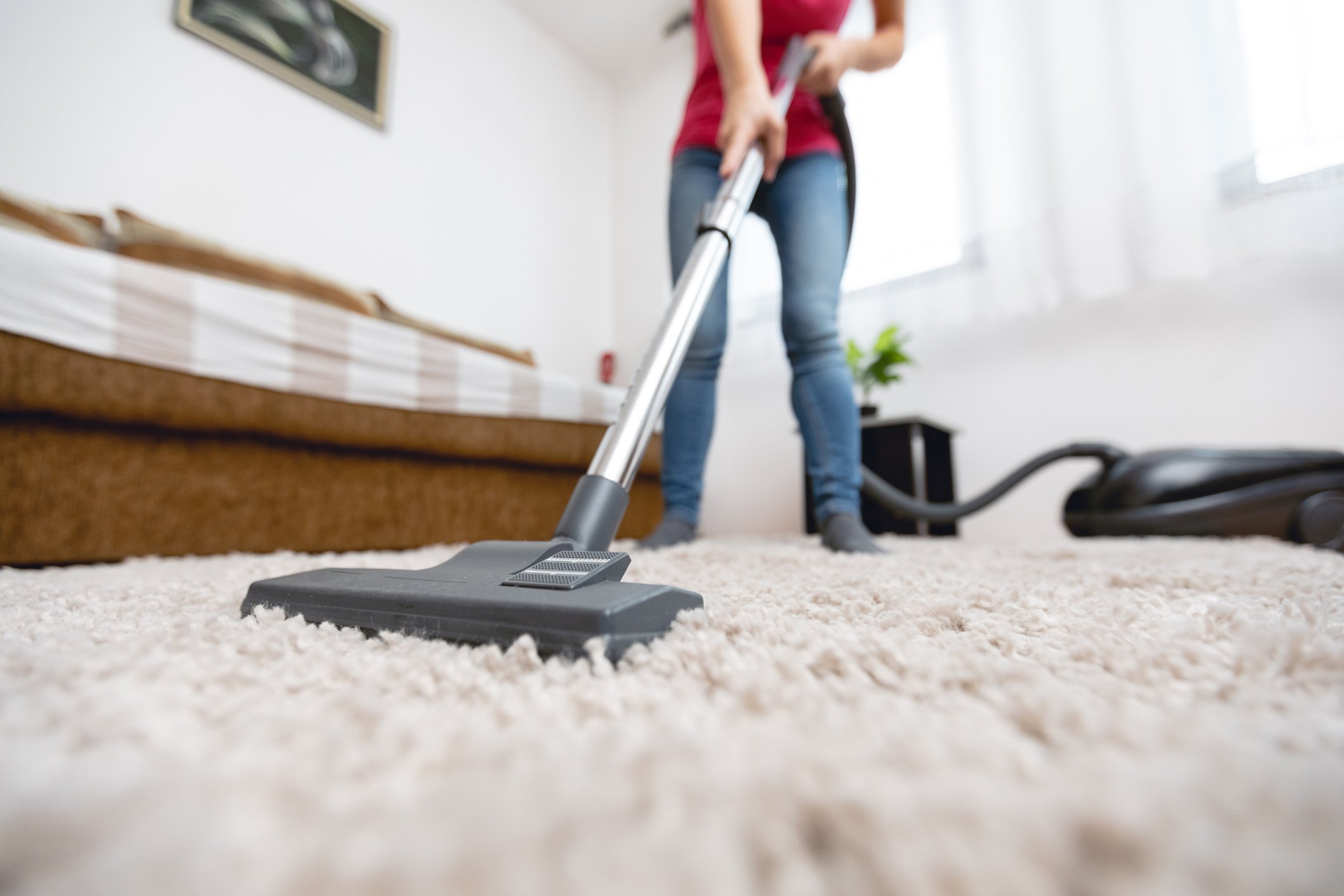
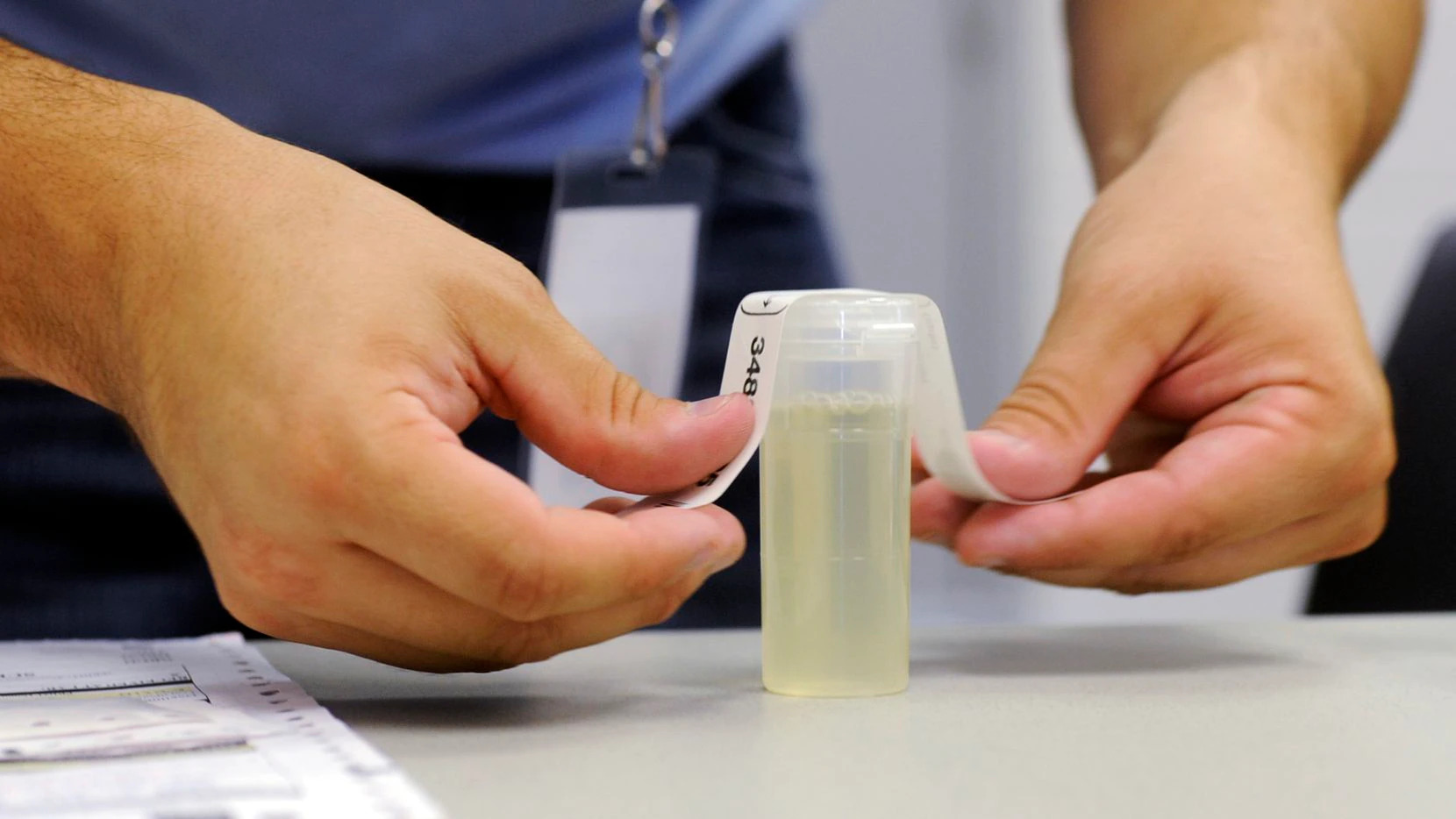
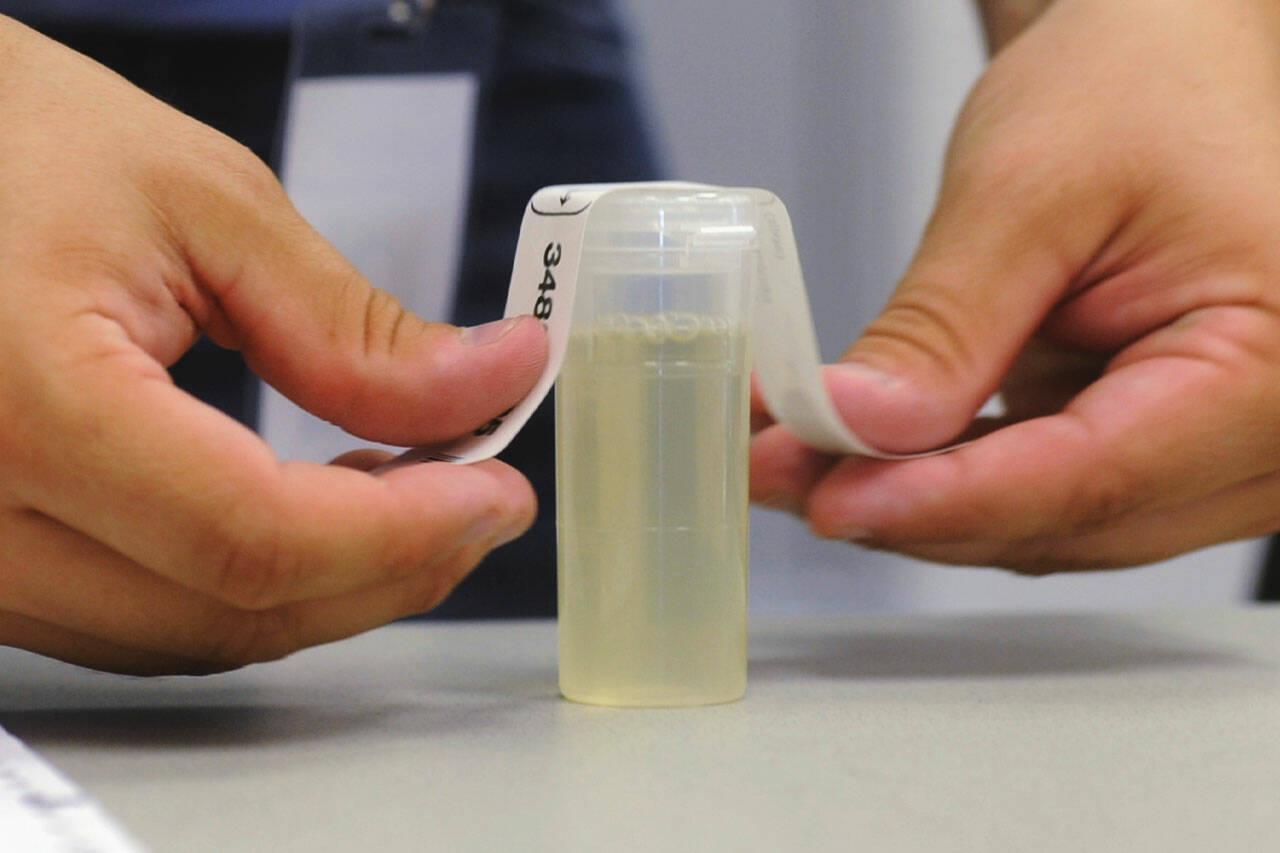
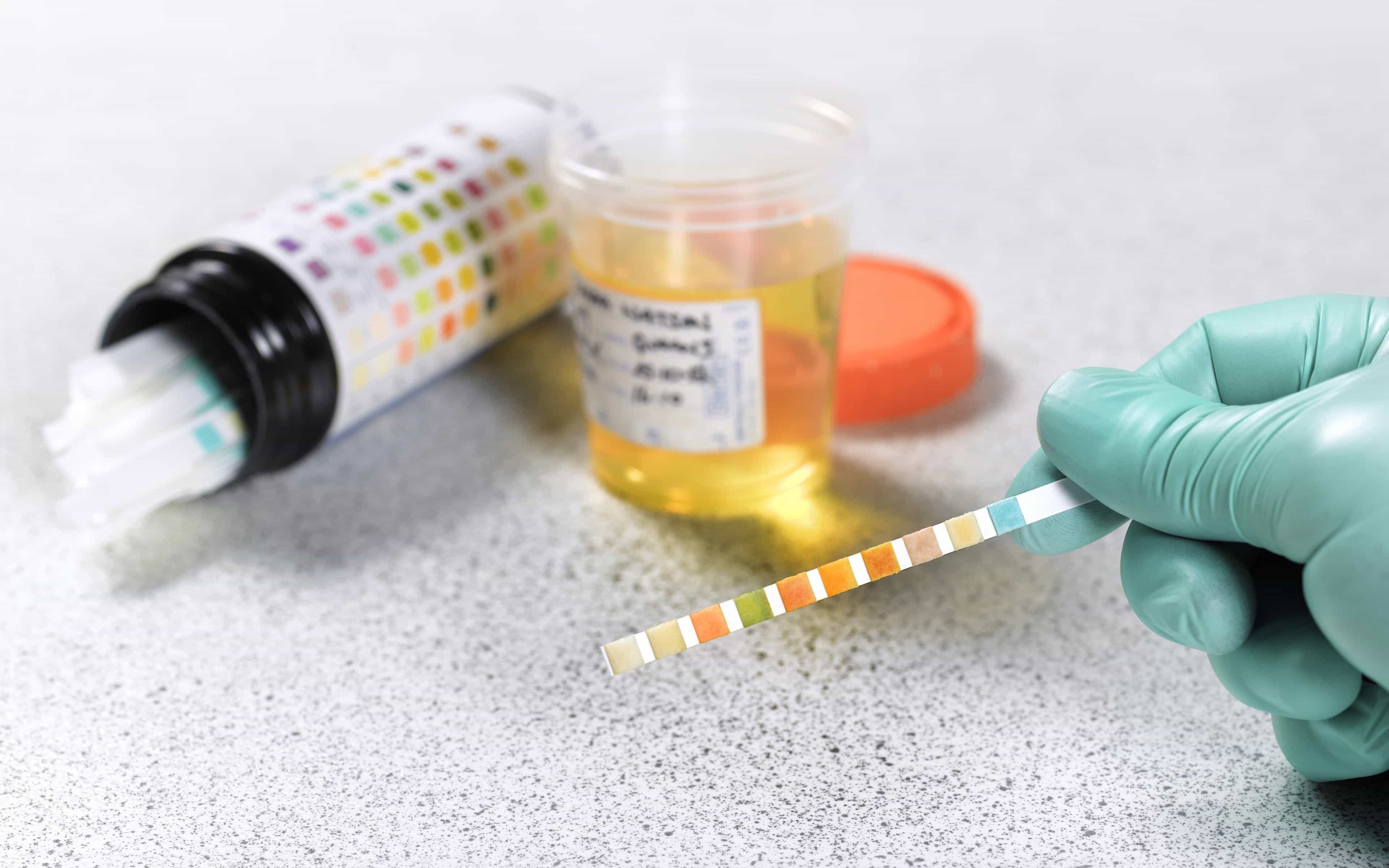


0 thoughts on “How To Store Clean Pee”